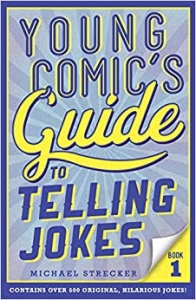Who Should Definitely Read This Blog?
Every month my Mensa monthly newsletter Mind has a book review section, and I love the way that review is presented. First, there’s a page-long description of what the book is about. But then, there are three smaller sections:
- Has this book changed the way you think or your attitude towards life?
- Who should definitely read this book? Why?
- Provide a short characteristic section, an awesome sentence, or an inspiring quote.
Question #2 is one that we blog content writers need to ask ourselves each time we work on a post on behalf of a client – Who should definitely be reading this?? That’s because, just as the only people who will be receiving the Mensa newsletter are those already qualified to be members, visitors to our blogsite “self-select” in terms of choosing to click on the link and read our content.After all, while I’m fond of thinking of ghost blogging as an art, there’s quite a bit of science to it as well. A blog can’t be all things to all people, any more than any business or professional practice can be all things to everybody. The blog must be targeted towards the specific type of customers you want and who will want to do business with you.
Years ago, I heard humor speaker Ron Culberson at a National Speakers Association meeting tell an anecdote that neatly sums up the need for audience targeting:
A woman attending a conference says, “This is the most boring conference ever. I’m going to skip the keynote address that’s coming up next and go to the beach.” Overhearing her, a man asks, “Do you know who I am? I’m the division president and I’M the keynote speaker!” The woman responds “And do you know who I am?” “No,” responds the man. The woman gets up and leaves…..
One of the very first principles of blog marketing is targeting. Not only must the content you include in your business blog (or, in the case of Say It For You clients, the business blog content created by your freelance blog writer) offer valuable and up-to-date information, you must make clear to readers that the information has been assembled specifically for them:
- You understand their concerns and needs .
- You and your staff have the experience, the information, the products, and the services to solve exactly those problems and meet precisely those needs.
If readers find themselves asking “Don’t you know who we are?” those searchers are going to do what that woman conference attendee did – get up and leave.
A tantalizing title, well-researched content, opinion, story – all important elements to include in your well-thought-out blog post. But, before hitting the “Publish” key, ask yourself, “Who should definitely read this blog and why?”






Follow us online!